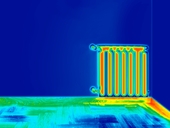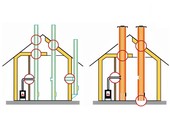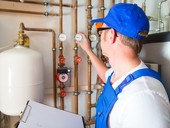The discussion of the state of the single-pipe heating system, which started to be projected in 1999 and has been in operation for over 15 years.
Archiv článků od 26.2.2018 do 18.6.2018
The work is focused on the investigation of the formation of gaseous thermal degradation products of retarded firwood. Samples of firwood were impregnated with solutions of 6 inorganic salts, thermally loaded and the arising gaseous products analyzed by SPME-GC-MS. There were 20 compounds identified, the highest amount was achieved for acetic acid and 2-furaldehyde as typical representatives of wood degradation. Most compounds were identified by degradation of samples treated with boric acid solution, at least with ammonium dihydrogenphosphate. The smallest amount of acetic acid and 2-furaldehyde was determined by treating of fir samples with sodium tetraborate solution, which appears to be a very suitable wood treatment agent for fire protection.
The effort to minimize heating costs leads some homeowners to use fireplace inserts or fireplace stoves with a hot-water heat exchanger. Operational costs will only limit the purchase of fuel. Possible ways include timber harvesting in the wood at its own expense, or the purchase of raw wood fuel and its modification by the owner of the family house. The RD, which meets current requirements for low energy consumption, is a big difference between the heat output of the stove in the room and the actual heat demand, and this is addressed by the heat distribution throughout the house via the hot water exchanger. Specific examples show that this is a possible and appropriate way. Unfortunately, the requirements for safe operation are not always met. Using the hot water heat exchanger, the same requirements as the hot water boiler are connected.
The thesis is focused on smart metering system and ripple control. The first theoretical part describes function of ripple control. The second theoretical part presents smart metering technology with introduction of a new system of energy settlement. The new system of energy settlement use prices in the intraday market which are published on Electric grid operator’s website. The system can be considered as a dynamic tariff. The system of energy settlement is demonstrated on consumption of the family house. The comparison of both systems is demonstrated in the final part of the thesis.
The thesis is focused on smart metering system and ripple control. The first theoretical part describes function of ripple control. The second theoretical part presents smart metering technology with introduction of a new system of energy settlement. The new system of energy settlement use prices in the intraday market which are published on Electric grid operator’s website. The system can be considered as a dynamic tariff. The system of energy settlement is demonstrated on consumption of the family house. The comparison of both systems is demonstrated in the final part of the thesis.
When deciding on energy investments, consultants and designers often rely on data listed in the technical data sheets provided by manufacturers. This can lead to a very unpleasant surprise for operators - fuel consumption is often significantly higher than assumed by the assessment. Especially in terms of smaller heat sources, this approach leads to errors and consequent significant economic losses.
The use of the Stirling engine and fuel cells in micro-cogeneration units is not yet very extensive, so the facilities of the University of Žilina have been in a long-term test run. This article aims to compare the gaseous emissions produced in the operation of the given micro-cogeneration units compared to conventional micro-CHP units and heat sources and, in particular, to popularize the equipment of such types among the broad professional public.
Description of the heating system according to the European methodology. The theoretical part is complemented by a description of the current state of the heating systems in residential buildings that the professional public encounters. In the article, the recommended data for the correct application of the method and design procedures for assessing the energy performance of heating is given. The processed topic will thus help to understand the influence of individual variables on the economical operation of the heating system and its final evaluation.
One of the important properties of fuel is its moisture content. Fuel with a high moisture content is not applicable to most boilers. For the correct combustion process at home, wood must be relatively dry. The article deals with the influence of the relative humidity of beech wood stored under different conditions on the energy and emission parameters of a small local heat source – a fireplace insert. The results of the experiments show the influence of the relative humidity of the wood on the heat output and efficiency of the fireplace insert and on the production of gaseous and solid pollutants. Different fuel humidity results in a different combustion process, which is reflected in the time course of heat output, efficiency and emission output, especially carbon monoxide. The results also highlighted the fact that for the ideal course of combustion of wood fuel in the local furnace too low fuel humidity is unsuitable.
The aim of this article is the summary of basic solid fuel boiler parameters, and elements included in heating system, which can influence operation of whole device, for maximum user comfort. As an associated element is menat e.g. for example accumulator tank, which ensures the extension of the heating time from the last fuel feed to boiler, thus increasing the convenience of use. It also deals with the comparison of individual solid fuel from the point of view of comfort of use, both with respect to the dustiness of the fuels, and with respect to the preparation of the fuels before their burning.
The aim of this article is the summary of basic solid fuel boiler parameters, and elements included in heating system, which can influence operation of whole device, for maximum user comfort. As an associated element is menat e.g. for example accumulator tank, which ensures the extension of the heating time from the last fuel feed to boiler, thus increasing the convenience of use. It also deals with the comparison of individual solid fuel from the point of view of comfort of use, both with respect to the dustiness of the fuels, and with respect to the preparation of the fuels before their burning.
One of the most well-known and most important greenhouse gases is carbon dioxide (CO2), which arises from natural processes, but the burning of carbonaceous fuels, especially fossil fuels, contributes significantly in the last century. This text focuses on CO2 emissions associated with energy transformations for the supply of energy to buildings.
There are applications of refractory concretes for places where these are exposed to corrosive environments. This text deals with both description the corrosive effects and methodology of their testing. One of the most important properties of materials, affecting the chemical corrosion resistance, is their density. The second part of this text is focused on testing the refractory concretes which are currently used for applications. The aggregates were tested for the resistance to sulfuric acid.
The aim of this paper is to compare BaP emissions from domestic heating, industrial emissions of BaP and BaP emissions from transport within the scope of the Czech Republic and individual regions of the Czech Republic using current balance approaches that are used for reporting BaP emissions for the Czech Republic under the Convention on Long-range Transboundary Air Pollution (CLRTAP).
The detail of the chimney system passage is one of the possible details, from a fire point of view, that occurred due to the installation of new chimney systems in to the construction of the building. The chimney system passing through the combustible structure is one of the most dangerous details in the building, from a fire safety point of view, and as practice shows, is often very underestimated. An appropriate solution for the chimney passage requires the knowledge and correct design, as well as the realization and consequently correct use of the thermal appliance and the chimney system. The article deals with passage according to the requirements of the national standards for fire segments and design according to STN EN for chimneys.
When rebuilding the HVAC systems, it is necessary to respect the implementing regulations which define the framework of the certified technical procedures. In a number of examples of practice, it shows the absence of these facts. The article deals with the implementing standards and recommendations for the assembly and acceptance process of heating systems. It is designed not only for assembly companies, but also for investors and administrators who take over the work and then use it.
zpět na aktuální články
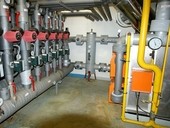
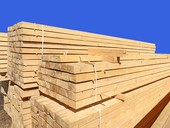
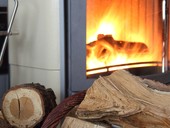
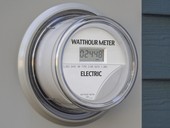
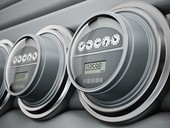
![Comparison of benzo [a] pyrene emissions from each source category - additional information](/docu/clanky/0173/017390ou.jpg)
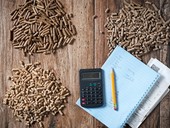
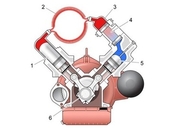
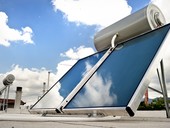
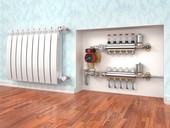
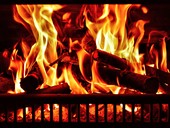
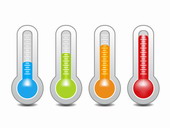
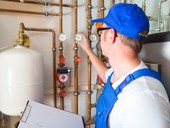
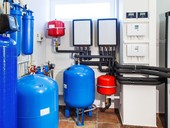
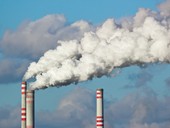

![Comparison of benzo[a]pyrene emissions from each source category](/docu/clanky/0170/017074ou.jpg)
